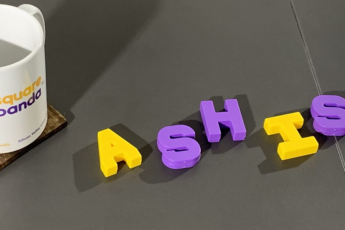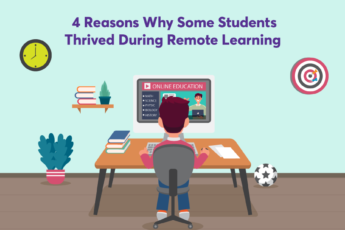Using Empathy Maps in Education
Empathy is a critical skill for every human being to have. It is the ability to understand and share the feelings of another person. To be empathetic, one must be able to imagine themselves in another person’s shoes. Thus feeling what that person is feeling. Anyone can learn empathy through practice and experience. We are all born with the capacity for empathy. But we often need to nurture it to grow into a full-blown skill.
Empathy maps are visual tools that explore the thoughts, feelings, and behaviours of a particular population. We can use them to learn how a particular population processes information and makes decisions. They are based on the principle that we humans make decisions based on our emotions, not our intellect.
In education, an empathy map is a simple, easy-to-understand visual that captures knowledge about a student’s behaviours and attitudes. Using empathy maps, educators have a better chance of relating and connecting with students, which leads to more effective teaching practices. The empathy map consists of four quadrants:
- thinks/says
- feels/needs
- does/goes/seek
- hears/sees

As a teacher or adult interacting with the student frequently throughout the day, you can capture insights about them in these different quadrants. We can use it to understand a student with whom you have a troubled relationship. We can employ empathy maps to build a relationship with any student you don’t know well yet.
For example, what does this student say to his or her peers? How does he or she act when her team is struggling with a problem? What does he or she look like when she is happy?
Empathy Maps allow teachers to put themselves into the shoes of their students. They can then better understand what students need from them. A teacher may ask students questions about their learning experience and then record their responses on a map to make it easier to analyze the data.
How do Empathy Maps help Teachers?
Empathy Maps do not replace in-depth assessments or other methods for understanding students’ needs. They provide a framework for educators to go beyond conversations with students and generate more meaningful results. These results contribute to improved design, courses, and programs.
These maps help teachers see things from the perspective of their students. They also aid in developing an emotionally supportive learning environment. By understanding what they need and want, teachers can provide more engaging lessons that cater to the specific interests and goals of their learners.
It is essential for educators not only to know how students feel, but also why they feel this way. Thus, Empathy Maps should include reasons behind emotions expressed by students during classes. With such information at hand, educators can adjust their lesson plans accordingly to address students’ needs and promote a positive classroom atmosphere.
Benefits of Using Empathy Maps:
The use of Empathy Maps promotes the development of emotional intelligence in students. They become more attentive to others and get new skills in communication. In addition, this approach encourages interpersonal relationships and personal growth and development.
This benefits learners in many ways, including:
- It helps learners put themselves in someone else’s shoes, and see things from another person’s perspective. By developing greater empathy, learners can better understand the world around them and work collaboratively.
- It helps them get to know each other better as team members. Having a learner complete his or her Empathy Map can help other members understand that person better.
- You may be asked to work with someone who is not part of your usual team. They may have a chance to see your perspective in a new way and generate ideas about how best to work together.
By using a variety of unique approaches and pedagogical tools, Square Panda India helps people across the education ecosystem realize their full potential through the transformative capabilities of EdTech. To know more, visit ecce.squarepanda.in
We hope that you enjoyed our post on empathy maps. If you have any tips or suggestions please leave a comment below. If you would like to collaborate with us please reach out to us on marketing@squarepanda.in.
Here is the link of our social media channels:
Facebook | Twitter | LinkedIn | Instagram | YouTube
Here is a list of our other blog posts that may interest you:
Six Tips to Help Children Cope with Stress
Overcoming The Gendered Digital Divide Through Education In India
3 Ways ICT Labs Can Equip Students To Be Better Learners




Leave a Comment